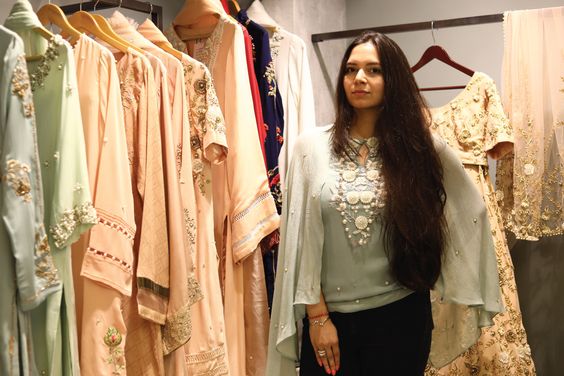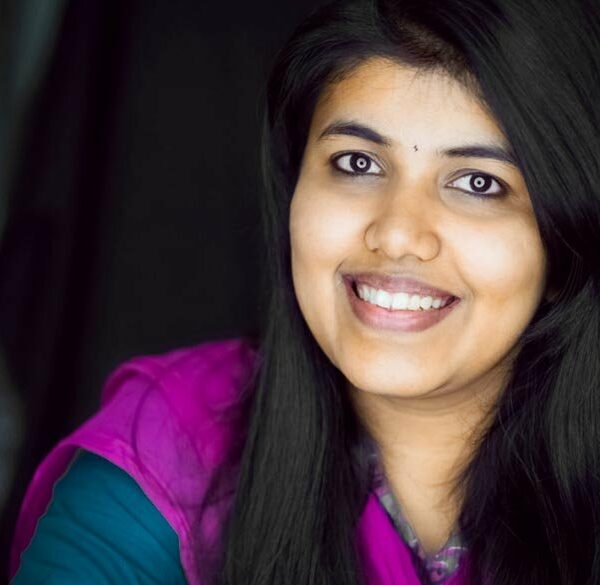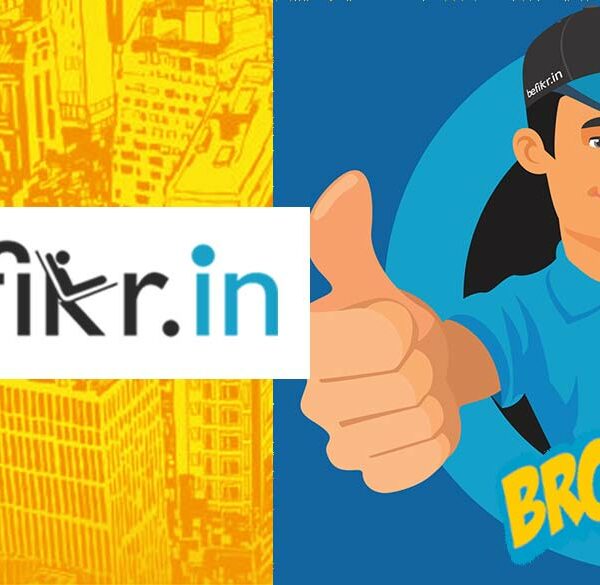According to US National Library of Medicine, Pakistani and Indian women were more likely than others to report school lessons as their main source of sex education (AORs 2.23 and 1.77) and not discussing sex with their parents during adolescence (AORs 2.04 and 2.62).
“Are you a homosexual, heterosexual or bisexual?” . In this era of increased voices and opinions centred on the issue of sexuality, we often assume sexuality to be narrowed to just three variants namely: homosexuality, heterosexuality and bisexuality.
However, there are not three but broadly seven variants of it:
- Heterosexuality: it is the sexual attraction towards members of the opposite sex that is considered ‘normal’ or ‘given’ in most societies around the world. This is the most common and most accepted form of sexuality. Its generally considered to be “normal” if one is heterosexual. In many cultures, the only acceptable form of sexuality is being heterosexual.
- Homosexuality: it is the sexual attraction towards members of the same sex. Increasing number of people including well-known personalities have “come out of the closet” such as Neil Patrick Harris, Apple CEO Tim Cook, Ellen de Generes and many more. Manvendra Singh Gohil, a prince from the royal family of Gujarat after getting married admitted to his sexual identity and said,” “I thought after marriage I will be alright because I never knew and nobody told me that I was gay and [that] this is normal. Homosexuality is not a disease. I tremendously regret for ruining her life. I feel guilty.”


- Bisexuality: It is the sexual attraction to members of both the same as well as the opposite sex. Its commonly known as “swinging both ways”. Some people hide it in order to avoid being embarrassed in front of their same-sex friends. Although, kudos to some celebrities who celebrate being bisexual with utmost pride and are inspiring at the same time by not refraining themselves from expressing their sexual desires. Hollywood celebrity, Drew Barrymore said that “I have always considered myself bisexual,” she said in a 2003 interview.
- Asexuality: It is the lack of sexual attraction towards other person irrespective of their sex. This is regarded as inconceivable as sexual attraction is considered a part of ‘human nature’. Approximately, 1 % of the population is asexual and the myths surrounding this kind of sexuality need to be cleared. One of the myths being that it’s caused by a physical imbalance whereas it is actually caused by a hormonal imbalance.

- Polysexuality: It is the sexual attraction towards more than one gender. These people do not wish to be known as bisexuals for it limits gender to a binary of males and females.
- Pansexuality: It is the sexual attraction towards a person regardless of their gender. It is also referred to as omni-sexuality and people consider themselves as ‘gender-blind’. They actually are quite open minded in terms of their preferences and their choice of gender depends more on how their hormones react to certain situations. So, calling them “gender blind” would be apt. Such people don’t put a tag on their sexuality because they themselves are facing a crisis in terms of their sexual identity.
- Transexuality: It is when a person of a particular sex does not identify himself/herself with their own sex but to a sex that is different from theirs. There was a significant progress towards spreading awareness about this issue when recently, a transgender woman became a principal of a University in Kolkata and another incident was when the State of Kerala got its first transgender traffic police.
The lack of knowledge reflects the apathy or reservations of the society particularly ours towards this paramount aspect of sexuality which is either considered too unimportant to be broached upon or too intimate to be brought into the public sphere. In a society like ours, sexuality is supposed to be a very privy issue which is not be discussed with others but at the same time it is the society that most of the times imposes their so-called “accepted view” of sexuality that is heterosexuality, upon us. Heterosexuality in our society is the accepted norm and any deviation from it is termed as ‘abnormal’.
This lack of awareness is instrumental in perpetuating discrimination towards people who identify themselves with sexuality other than heterosexuality at the workplace or in the society in general.
Thus, for a sensitive issue like that of sexuality where there are increased demands for their equality of opportunity and status, as citizens we should be aware of it and enlighten the masses as well. The rise in the advocacy for the LGBTQA community needs to encompass within itself these variants as well for their mobilization and upliftment.












